Remember sitting your exams or graduating in the Great Hall? The centrepiece of the Edgbaston campus since Birmingham gained its royal charter in 1900, the Great Hall has been a celebrated host to a wide variety of events. With the help of University historian Dr Matt Cole and Dr Helen Fisher, University Archivist at the Cadbury Research Library, we take a look back at the storied history of the building.
Construction of the Great Hall
-
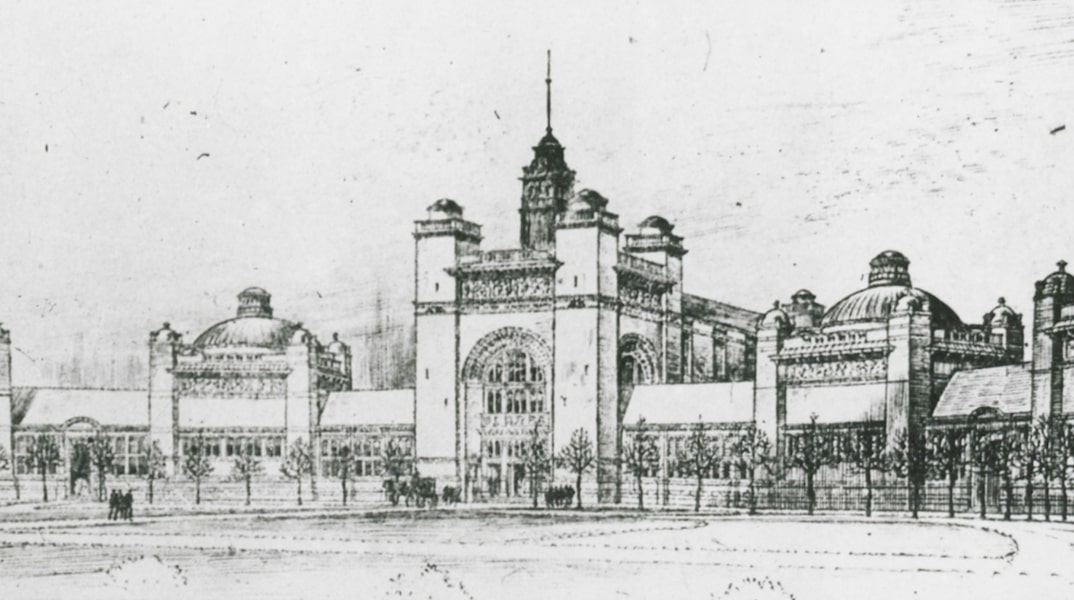
Immediately after the University gained its charter in 1900, plans were drawn up for its premises at Bournbrook, and Joseph Chamberlain insisted that the Great Hall should be in the first phase of building, at the heart of Chancellor's Court. He demanded that the Hall be expanded to outstrip Birmingham Town Hall and designed to justify its reputation as 'a cathedral to learning'.
-
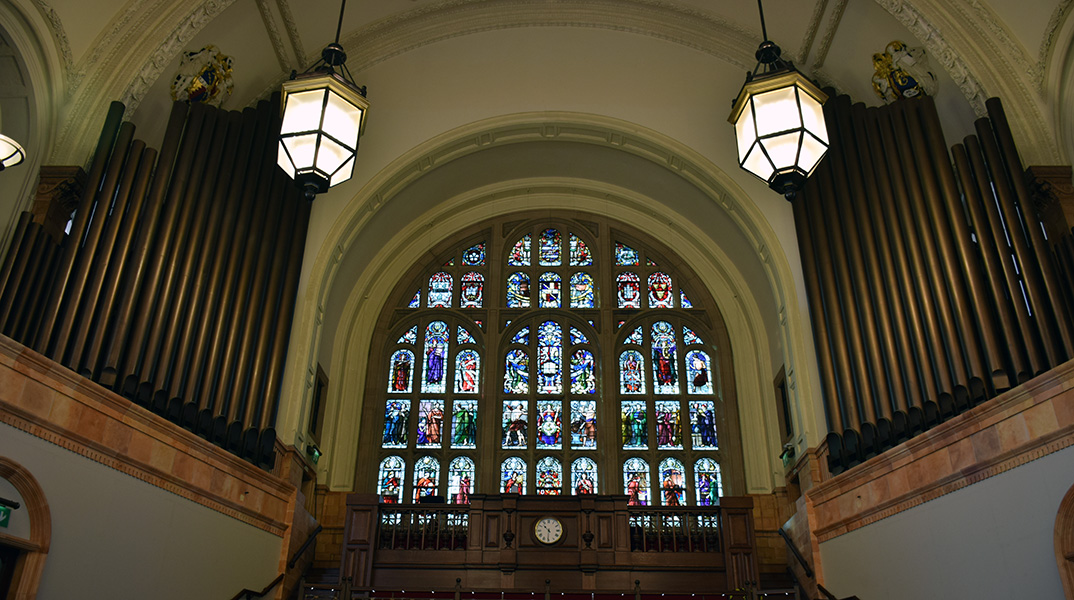
And as the emblem of the first civic University, the Great Hall's vast beamed ceiling, its 32-foot pipe organ and its elaborate decoration struck a note of solemnity; while the details of design gave permanent recognition to the industrial and provincial character of the University's origins.
-
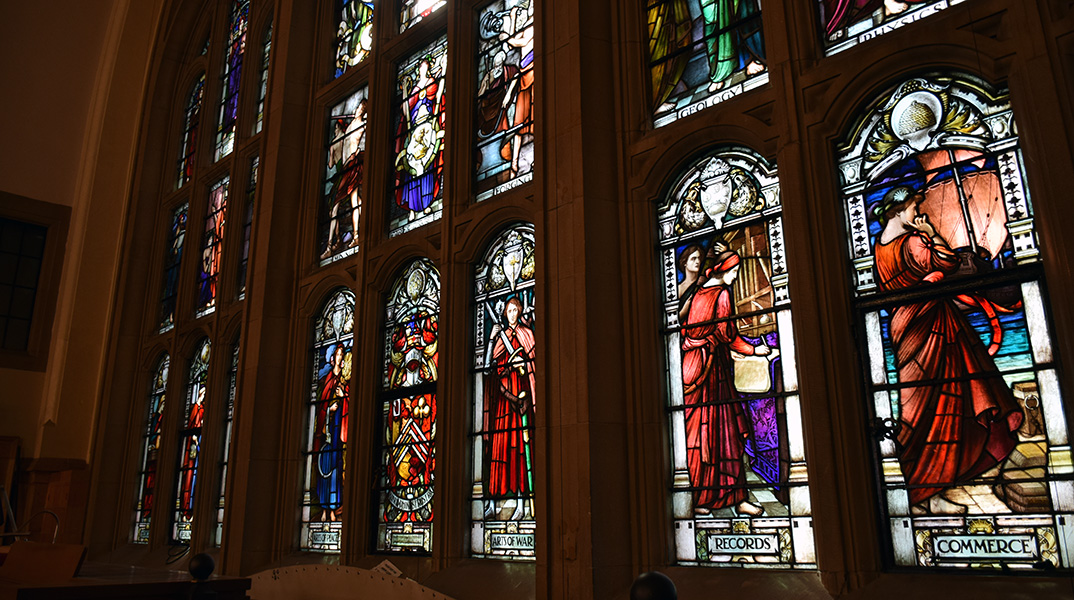
The 53-light South Window's stained glass pays homage to the academic disciplines taught in the University, the industries of the City, the surrounding counties and the prominent local families who provided the civic leadership.
-
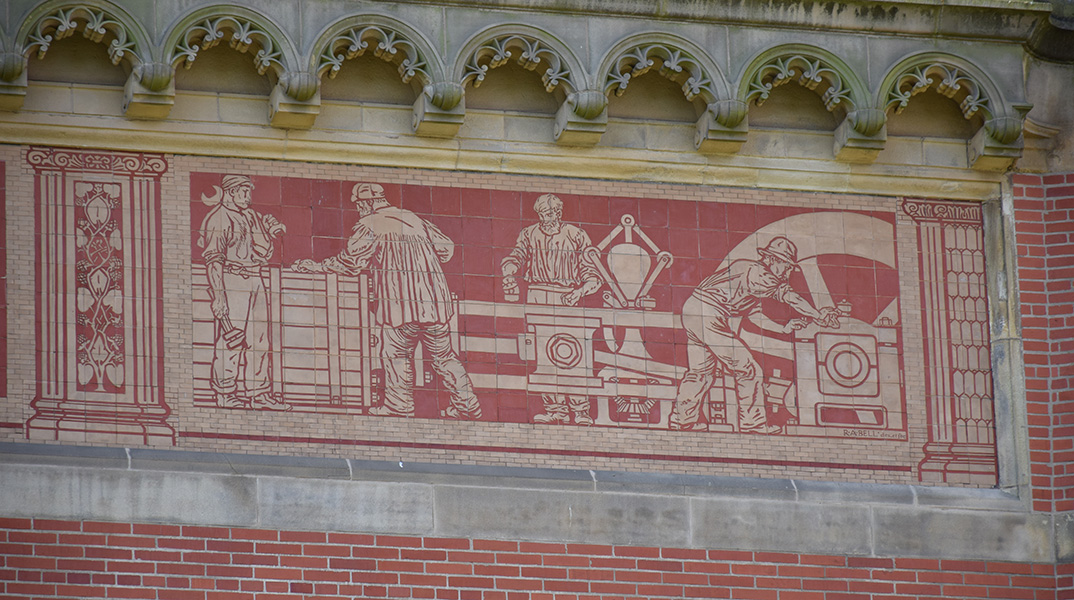
The building's friezes depict Midlands' workers at their lathes, boilers, drills and forges. Entrances to the Hall commemorate the support of Midland County Councils to the establishment of the University.
-
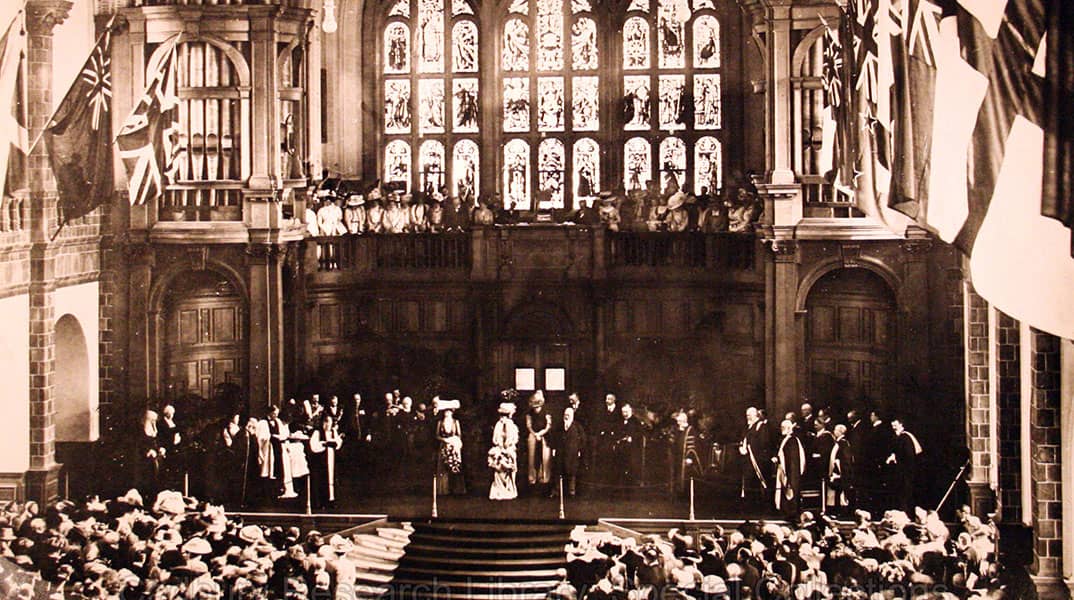
The original purpose of the Hall was as a showpiece venue for ceremonial occasions including degree congregations, and religious dedications and academic addresses at the start of each new academic year. These are other regular formalities of the university calendar exams remain familiar functions of the Hall. Opened in 1909 by King Edward VII, the Hall was visited most recently amongst his successors by Prince William in 2018.
The Great Hall has helped two great national healthcare challenges during its lifetime - once soon after it was built, and the other in the past few months.
During the First World War, the Hall was turned over to the national effort as the base of the First Southern General Hospital. It housed 800 beds and by the end of 1914 had already treated 3,892 patients. The Southern Cross, the hospital's magazine, joked that it was reminiscent of the Palace at Sinaia, the King of Romania's summer retreat in the Carpathians.
In the recent public health crisis, the Hall has become a COVID-19 test centre for students and staff. Here's a time-lapse of the centre being put together:
Below, current student Harvey demonstrates how the lateral flow tests work:
-
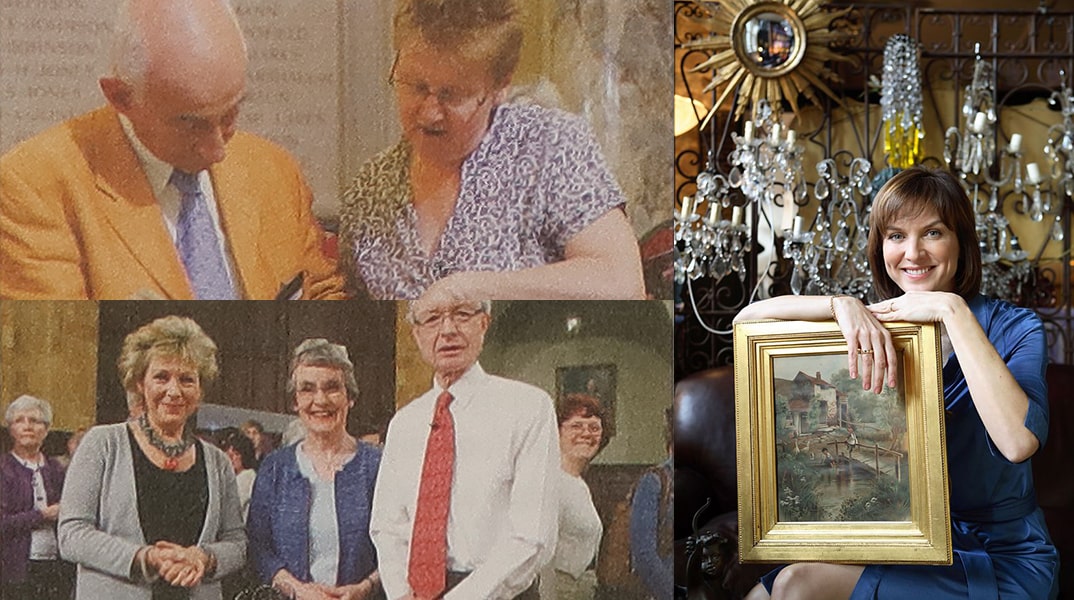
Though the University developed enviable dedicated spaces for the arts, the Hall remained an obvious venue for high-profile public performances. The City of Birmingham Symphony Orchestra recorded more than 50 albums there in the 1970s and 1980s, and the Distinguished Lecture Series has seen visitors including Yehudi Menuhin, David Attenborough and Jung Chang speak from its stage since 1976. In the 1960s a cinema projection system was set up in the Hall, and it has welcomed television cameras for shows including the Antiques Roadshow on two occasions.
Image acknowledgement: Cadbury Research Library (UC_14_iii) -
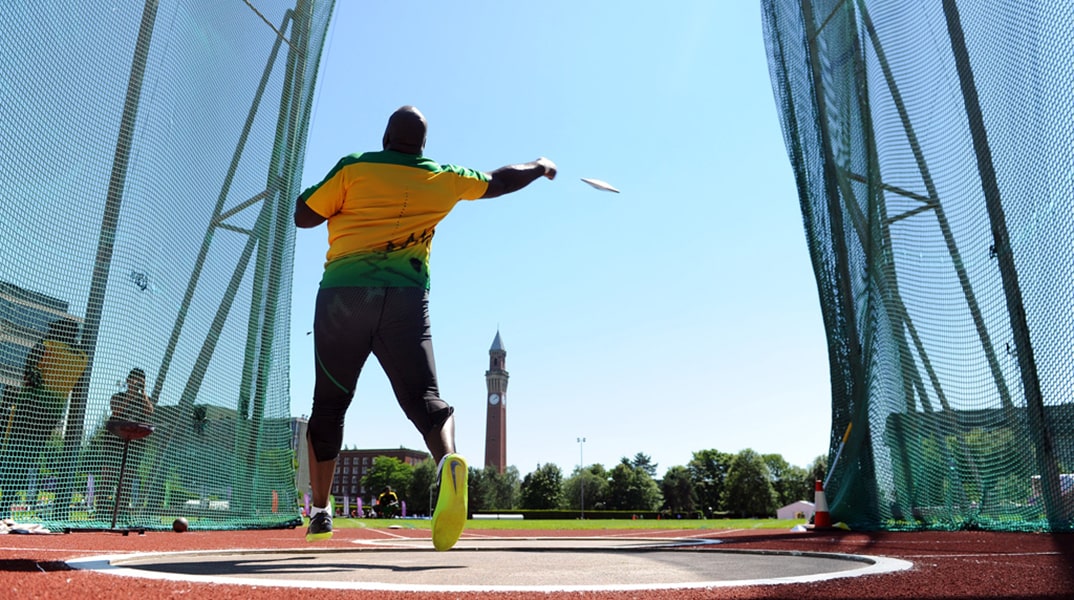
Sports events have also featured there, with receptions for Usain Bolt and the Jamaican Olympic athletics team training at the University in 2012, and the University’s own Olympic medallists following the 2016 Games.
-
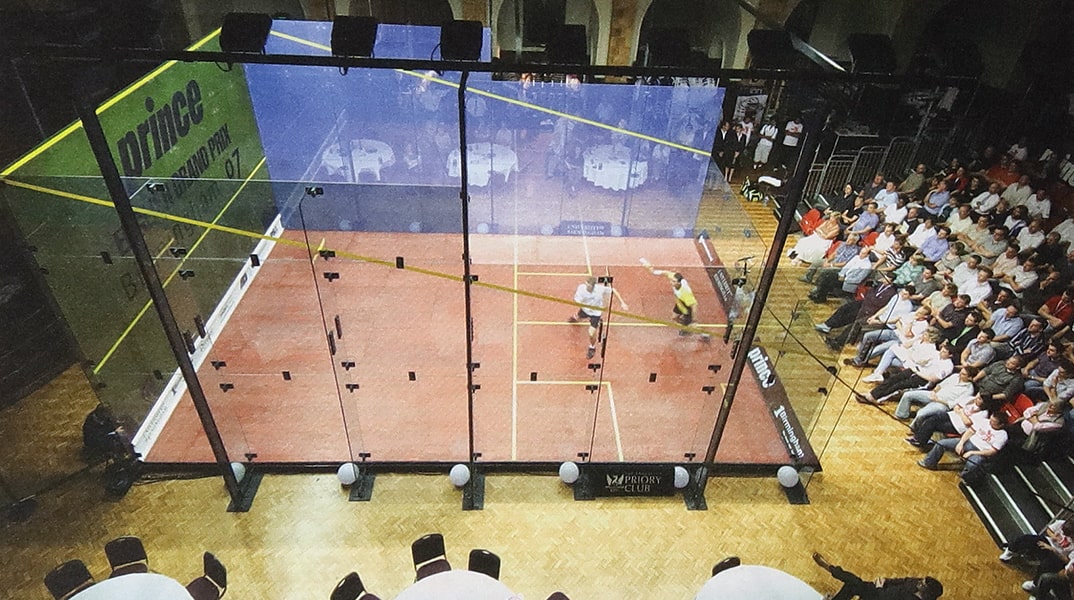
In 2007 the Hall itself was transformed into a professional sports venue by housing a giant purpose-built all-glass squash court and tiered seating, constructed especially for the English Grand Prix.
Image acknowledgement: Cadbury Research Library (UC_14_iii) -
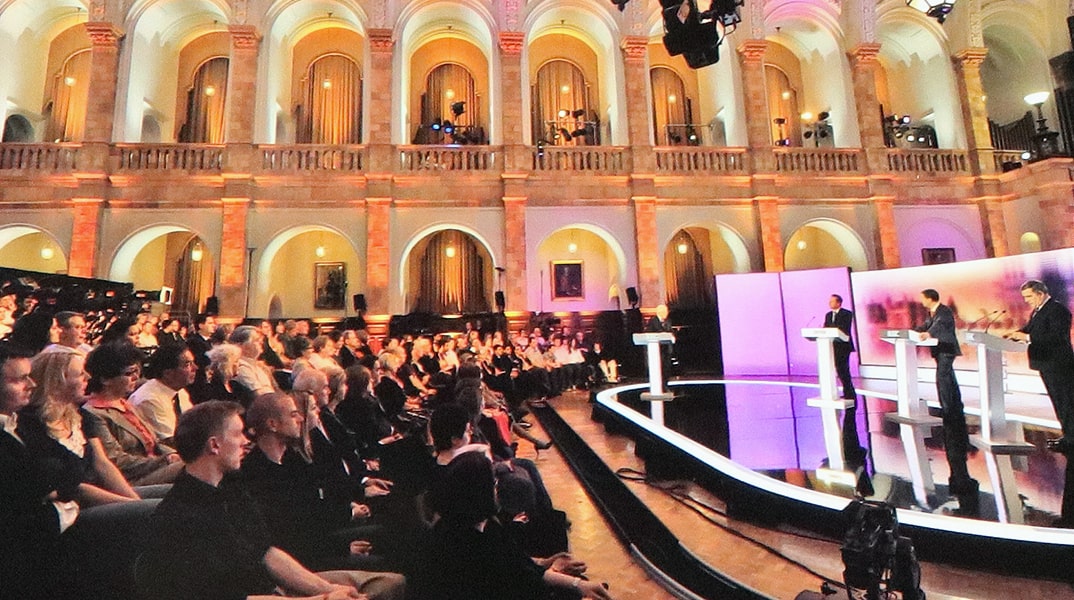
In 1968 it was the site of a student sit-in protesting for greater student representation in the University. In 2010, national politics came to the Hall when the final televised Leaders' debate of that year’s general election saw Gordon Brown, Nick Clegg and David Cameron make their last pitches to the country from its stage.
Win!
For your chance to win a University hoodie, answer this question:
What was the name of the hospital based in the Great Hall during the First World War?
Email your answer with your name, address and phone number by 30 June 2021.
Image acknowledgements: All Great Hall pictures: Cadbury Research Library (UA_10_116)